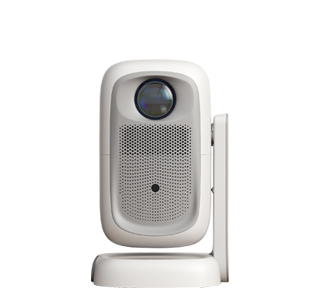
The dust - proof design of projector screens is a critical aspect that often goes unnoticed but is essential for maintaining the long - term performance and visual quality of the projection system. Dust accumulation on the screen can lead to image degradation, such as reduced brightness, contrast, and color accuracy, and can also cause annoying spots or streaks on the projected image.
To address these issues, manufacturers have developed various dust - proof design strategies. One common approach is the use of protective coatings on the screen surface. These coatings are designed to repel dust particles, preventing them from adhering to the screen. For example, some screens feature a nanocoating that creates a smooth, hydrophobic surface. Dust particles have difficulty sticking to this surface, and any accumulated dust can be easily removed with a gentle wipe using a soft, dry cloth.
Another aspect of dust - proof design is the enclosure or frame of the screen. In motorized or retractable screens, the housing is often sealed to prevent dust from entering when the screen is retracted. High - quality seals and gaskets are used around the edges of the housing to create a tight barrier. This ensures that the screen remains protected from dust, dirt, and other airborne particles during storage, significantly reducing the frequency of cleaning and maintenance.
For fixed - frame screens, the design of the frame can also contribute to dust - proofing. Some frames are designed with built - in channels or grooves that can trap dust before it reaches the screen surface. Additionally, removable and washable screen covers can be used to provide an extra layer of protection when the screen is not in use. These covers can be easily cleaned, removing any dust that has accumulated on the surface.
In environments where dust levels are particularly high, such as industrial settings or outdoor installations, more advanced dust - proof solutions may be required. Some projector screens are designed with air - filtration systems integrated into the frame. These systems use filters to remove dust particles from the air that comes into contact with the screen, creating a cleaner micro - environment around the screen.
Regular maintenance is still necessary even with dust - proof designs. Periodic inspections of the screen and its enclosure can help identify any signs of dust accumulation or damage to the dust - proof features. Cleaning the screen using the recommended methods and materials is crucial for maintaining its performance. By implementing effective dust - proof designs and proper maintenance practices, users can ensure that their projector screens continue to deliver high - quality, clear images over an extended period, enhancing the overall value and usability of the projection system.
Read recommendations:
HW45 Home Cinema - HW Series Projector
Prices of Projector Screens
What is a Projector?
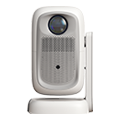
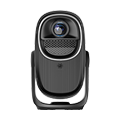



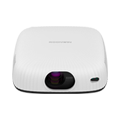
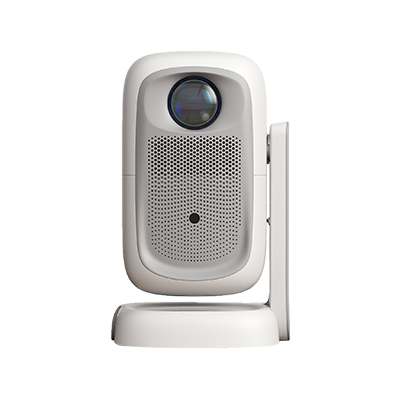
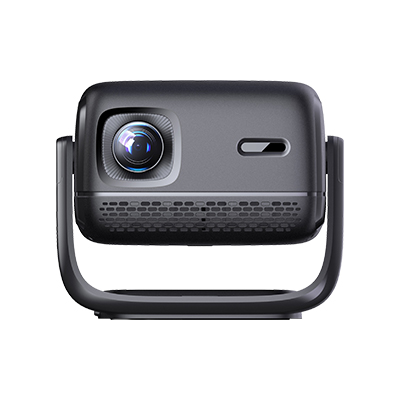
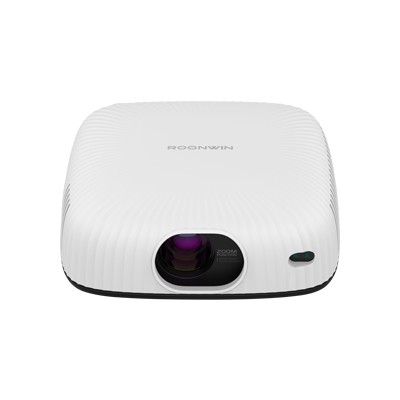









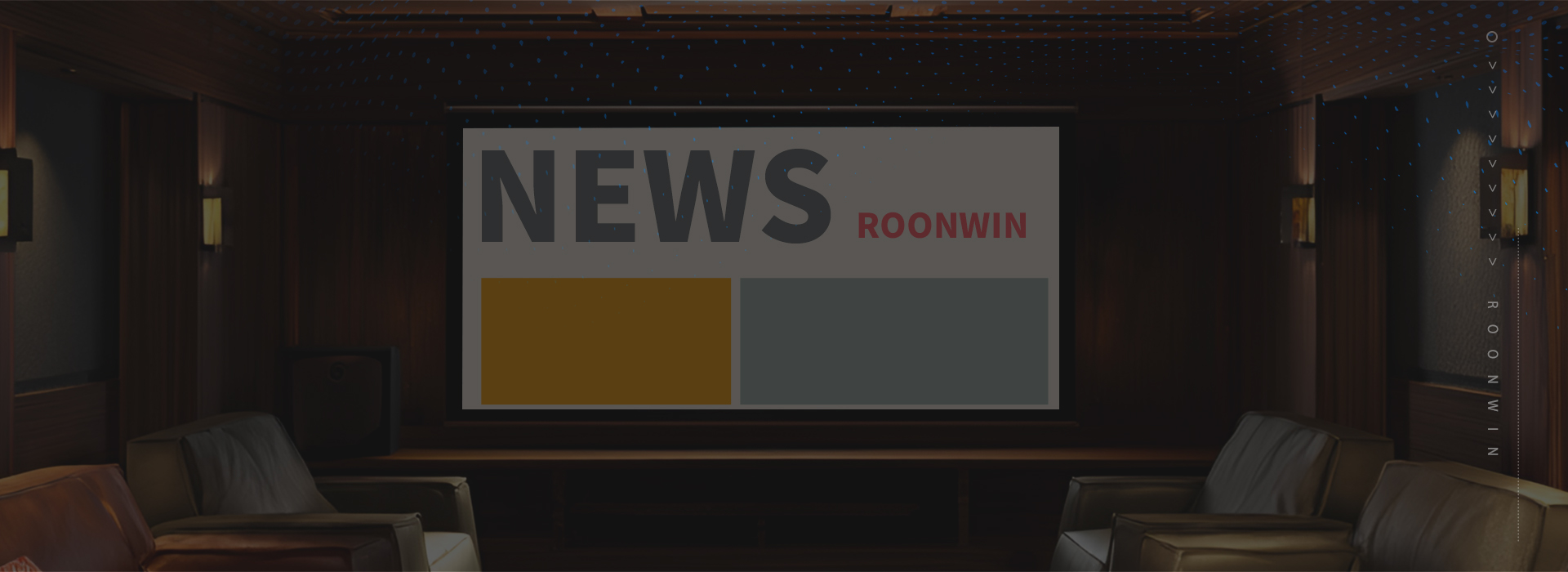

 Reviewed:
Reviewed:











